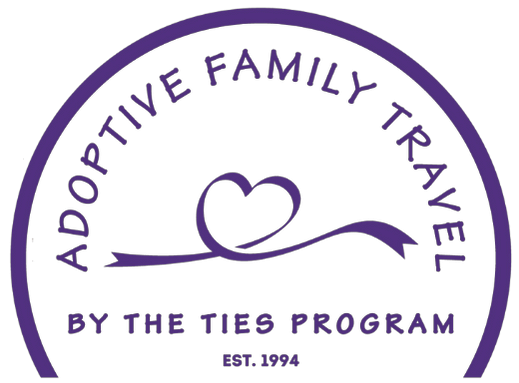But let’s not kid ourselves. The international adoption experience and kids’ comfort levels with themselves is hugely interconnected with race and ethnicity. As internationally adopted people explore their identities, “Race/ethnicity is an increasingly significant aspect,” according to the Evan B. Donaldson Institute.
Given that truth, and the need for racial/ethnic acceptance as part of oneself, it comes as no surprise that the single most important message a child can receive during a homeland journey is:
“The people with whom I share my heritage are warm, wonderful, genuine people.”
The neat thing is that for kids who participate in adoptive family  heritage journeys, this message is pretty much a natural occurrence given the amazing “people experiences” that are part of the journey. Plus, children of any age can receive it, and most kids are eager to hear it, although they may not know it themselves.
heritage journeys, this message is pretty much a natural occurrence given the amazing “people experiences” that are part of the journey. Plus, children of any age can receive it, and most kids are eager to hear it, although they may not know it themselves.
Elizabeth McIntosh had a classic story. When her parents adopted her, they brought home a Cambodian flag that was neatly folded on the coffee table and dusted around for a decade, garnering no interest from Elizabeth.
Then ten-year-old Elizabeth traveled to Cambodia. She had a marvelous time getting to know the Cambodian people, who like most of the people the world over are warm, wonderful, genuine people. Think of the gift to a child who looks in the mirror and can equate these marvelous qualities with the physical characteristics peering back at her.
Immediately upon her return, Elizabeth grabbed the flag that had sat lonely for so many years, and exclaimed, “Let’s hang this right now!” So, in the wee hours of the morning, Elizabeth enthusiastically hoisted the flag high over her house in Memphis.
As her mother said, “That moment speaks to the profound impact the trip had on Elizabeth.” Elizabeth had claimed her birth country as a significant part of her, and was bursting with pride to share it with the world.
Elizabeth’s enthusiasm and sense of pride is something MANY Ties’ “kids” echo upon their return.
Anisha Pitzenberger, who traveled when she was 17, recalls, “I used to feel I stuck out everywhere I went because of my physical differences. After visiting India, even though I knew the physical differences were still there, I was able to accept the differences, and even be proud of them, because I understood where I came from. After visiting my birth country, I had a new knowledge and appreciation for my Indian heritage that I was eager to share with everyone I met.”
Even eight-year-old Noelle Hemphill, upon her return from Vietnam Ties, wrote me this message. “During the trip I realized being from Vietnam is really an honor. The country is such a beautiful place and the people there are so kind.”
From my experience traveling with LOTS of kids, that seems to be key…to create a “lived experience” in the child’s country of birth that provides opportunity for kids to feel that important message. To KNOW that the people who share their heritage are warm, wonderful, genuine people—a knowing that when integrated into a child or person’s sense of self, is a REALLY powerful, positive thing!
If you have traveled, did you see a change in yourself or your child as this message “took hold?” Were there specific instances you can think of where you could almost “see” the message getting through? What has been the outcome?



